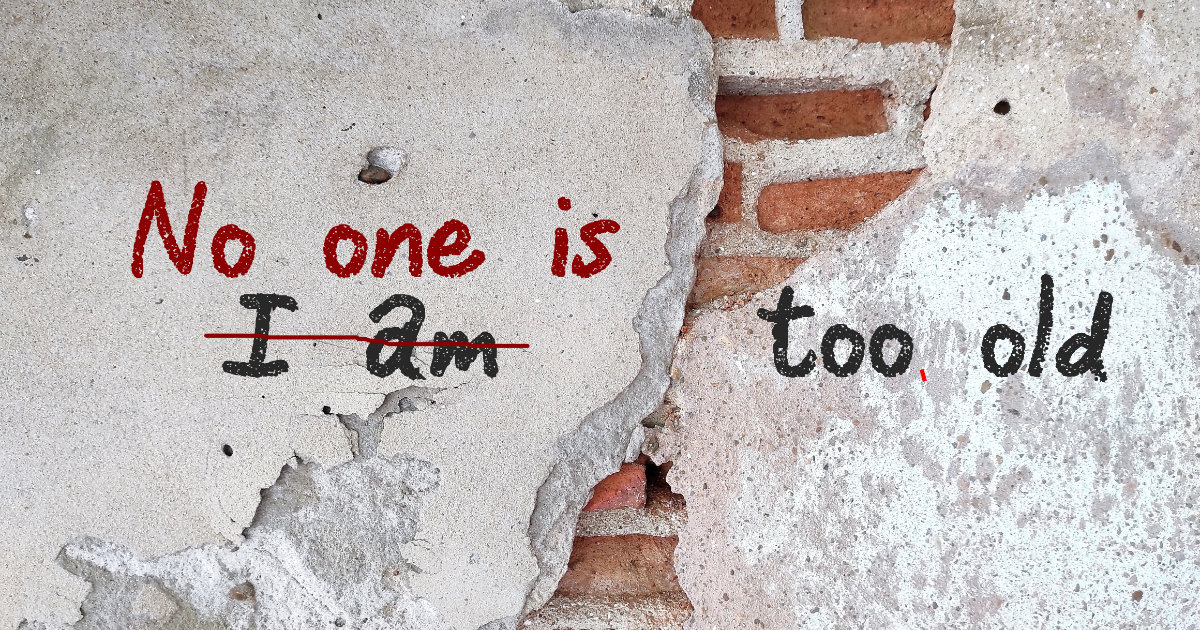Ageism in the Mirror
In today’s society, there is one form of discrimination that is tolerated without question: ageism. It’s easy to get the impression that after a certain age, people become more of a burden than a blessing to themselves and others. Recent research confirms that most people over 50 experience ageism. It happens in stores, restaurants, and most places of business; it certainly happens when driving. No question all forms of media practice ageism on a regular basis.
But perhaps the worst form of ageism is the one we expose ourselves to when we think about ourselves. That’s been categorized as internalized ageism: the negative voice in people’s heads that may push them to take extreme measures to look younger or tell themselves they’re having a “senior moment” every time they forget a name. Every time you tell yourself you can’t now do what you used to do when younger, that’s ageism.
Maybe you think “After all, I’m not as young as I used to be.” News flash: NO ONE IS! A newborn baby isn’t as young as she used to be 10 minutes ago. When you were 12, you couldn’t wait to get to 13 because you would be a teenager! When you were 15, you couldn’t wait to get to 16 so you could get a drivers permit. But after a few decades have gone by, is getting one more year older something to be avoided? Our bodies change, but let me ask you the key question: what have you done to reduce what you perceive to be decline, either mentally or physically?
It Begins in Your Mind
Based on research, how you think about yourself can impact how long you live by up to 7.5 years. I was amazed to learn that it can also reduce your risk of getting Alzheimer’s disease even if you have the gene to do so.
Changing your attitude about your age can result in taking better care of yourself. Being positive about aging can help you do the things you should do to be healthier, improve your self-confidence, reduce your risk of depression, and reduce the stress on your body.
Will there be things that you can’t do? Of course! You are the sum total of every meal, every twisted ankle, every accident, every stressor you’ve ever experienced. Things wear out. But you can work at being the best version of yourself no matter where you are today. It won’t be you at 20 or 30, but it can be the best version of you possible. That may be pretty terrific if you lose the dread and just ask yourself, “What’s next?”
The Bottom Line
Everything comes at a price. You will need to invest time and effort in yourself. The first step is correcting yourself every time a negative thought about your age creeps into your mind. I’m going to help you along the way with Aging with a Vengeance. The next four Memos will be about doing less and still getting benefit from exercise. If you want to understand the science underlying better aging, purchase the last two Super Bowl webinar replays that address energy and muscle.
The second step is to appreciate all you’ve gained in your days on this planet—all the valuable and useful wisdom and experience you’ve gained. Sad about wrinkles? Heck, no, you’ve earned those stripes!
Time to get your head in the game. What are you prepared to do today?
Dr. Chet
References:
1. Washington Post 08/17/2023. Negative thoughts about aging can be harmful. Here’s how to reduce them.
2. Experiences of Everyday Ageism and the Health of Older U.S. Adults. JAMA Network Open. doi: 10.1001/jamanetworkopen.2022.17240



